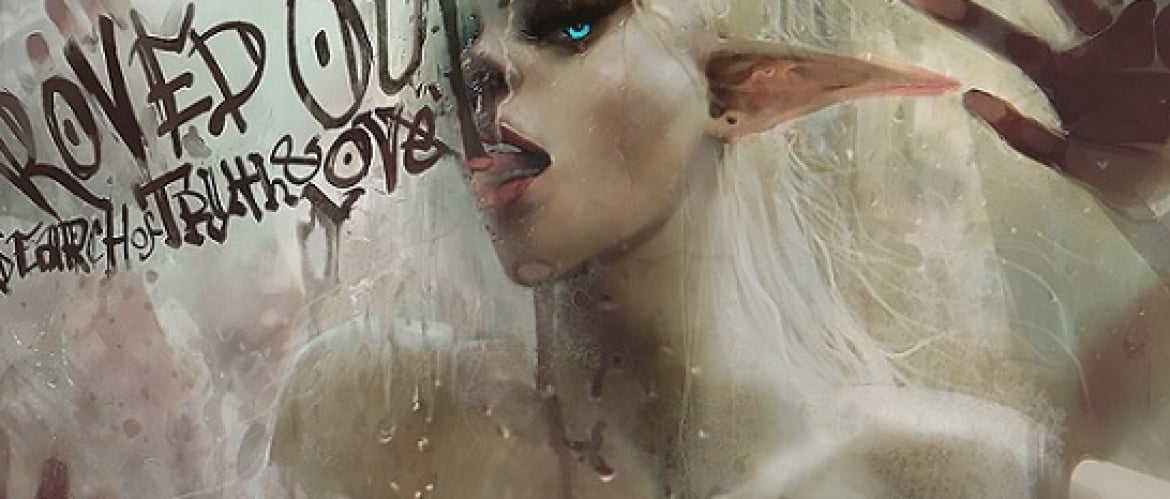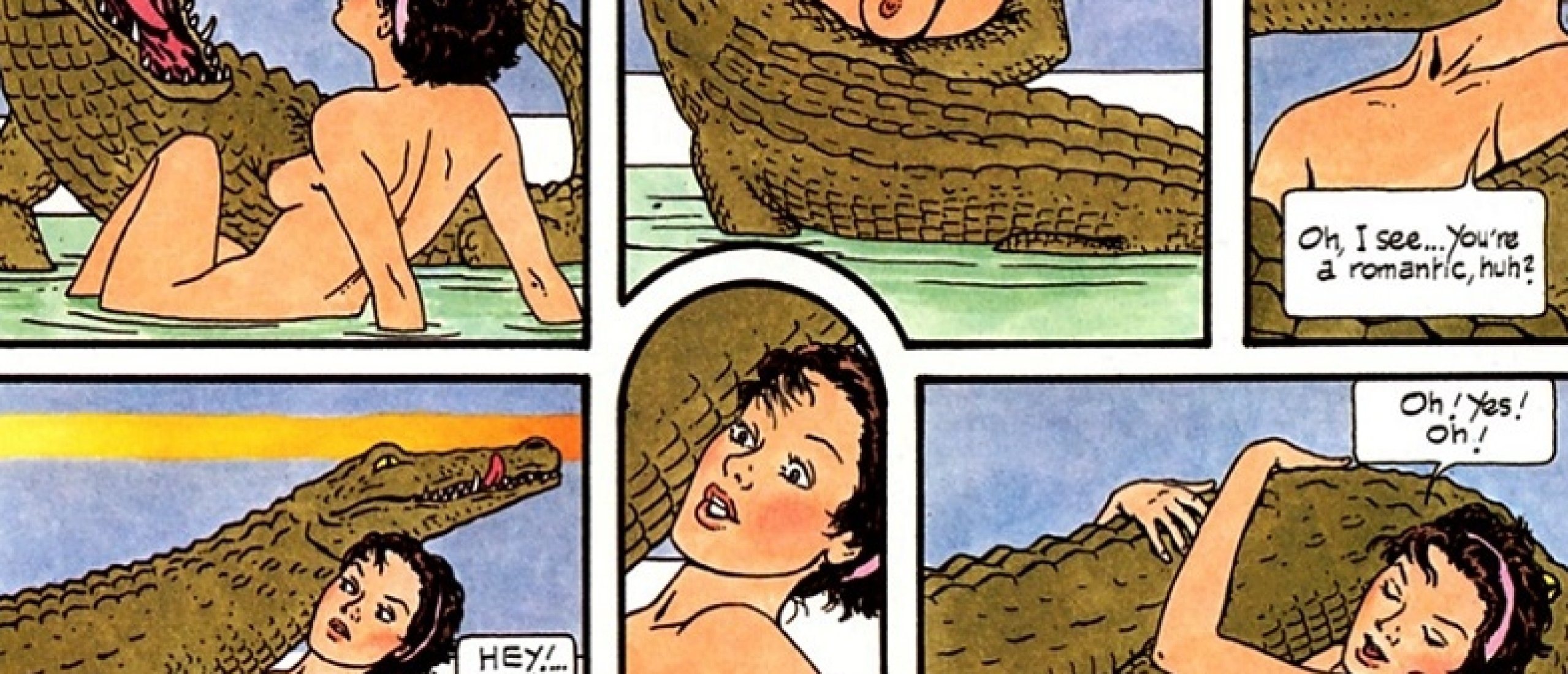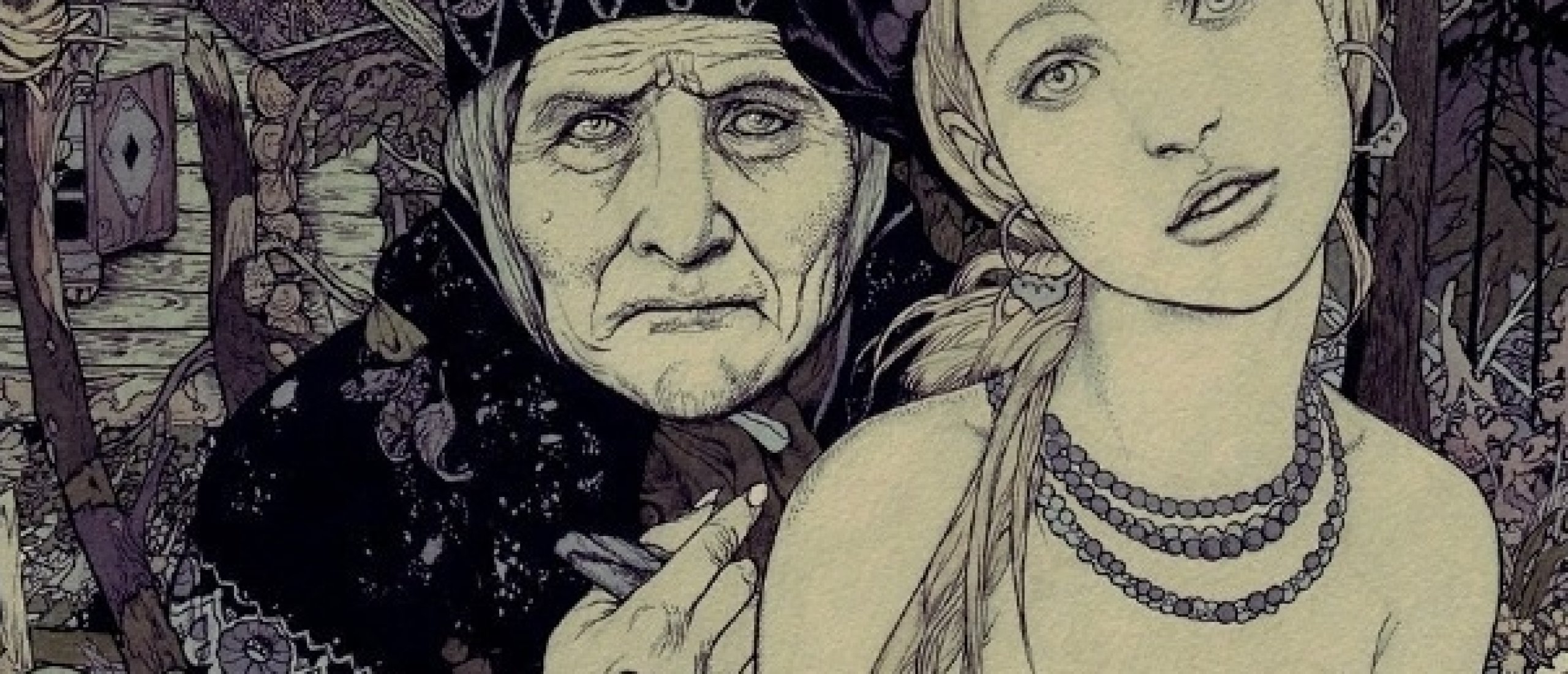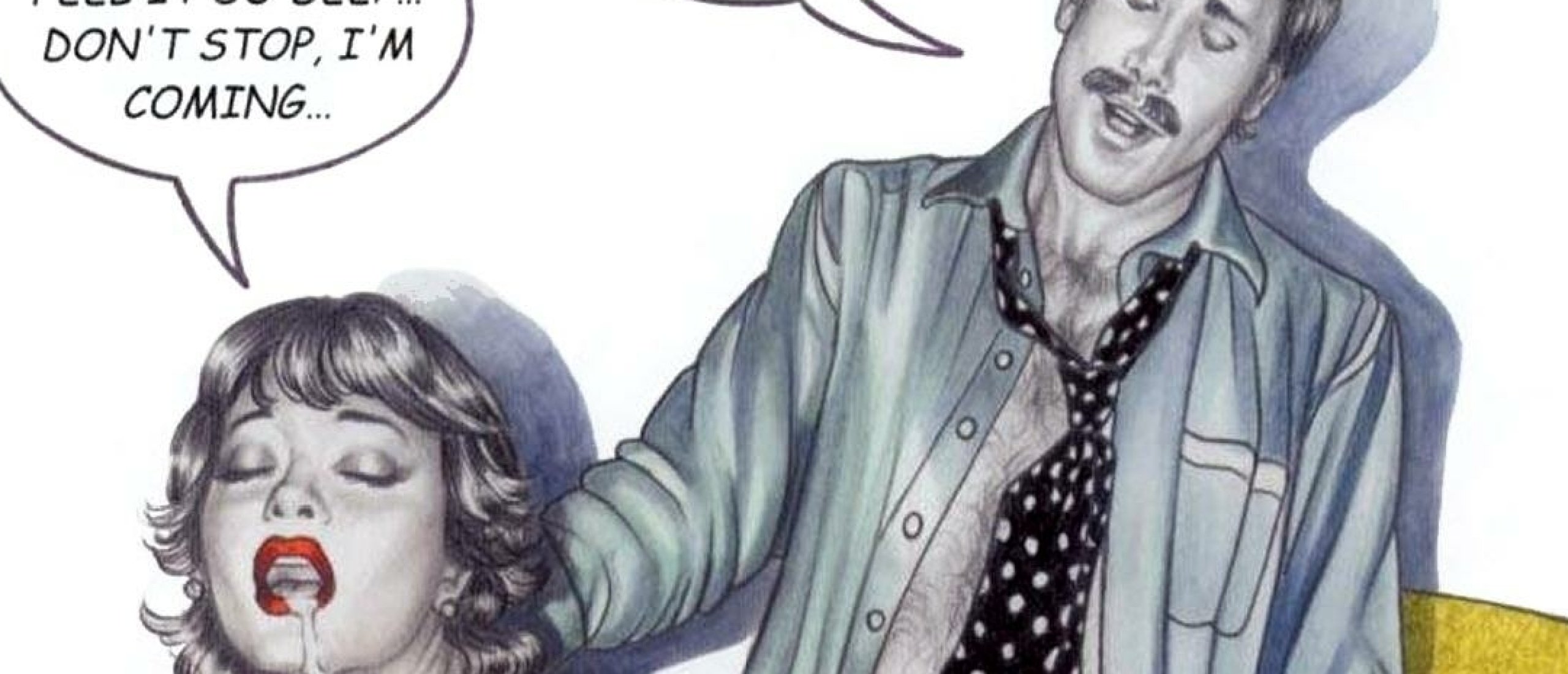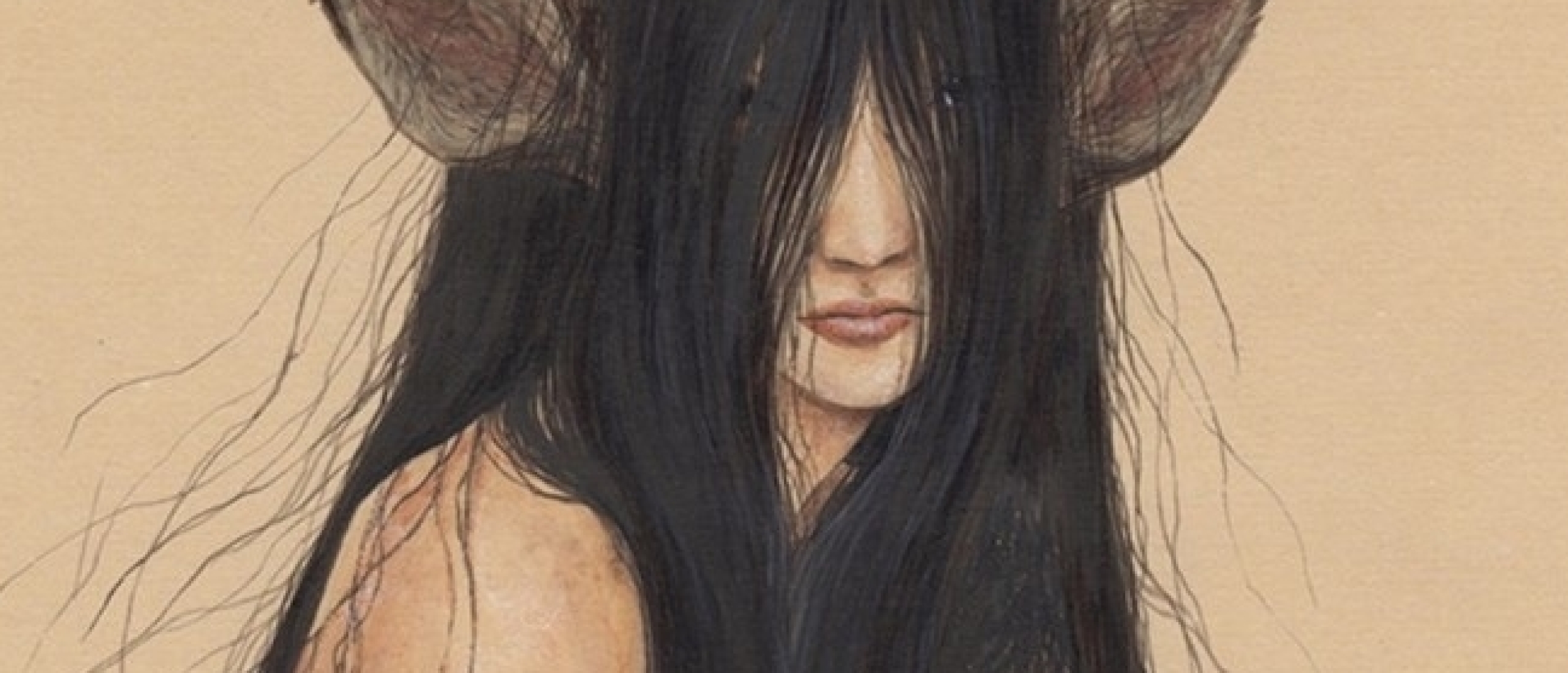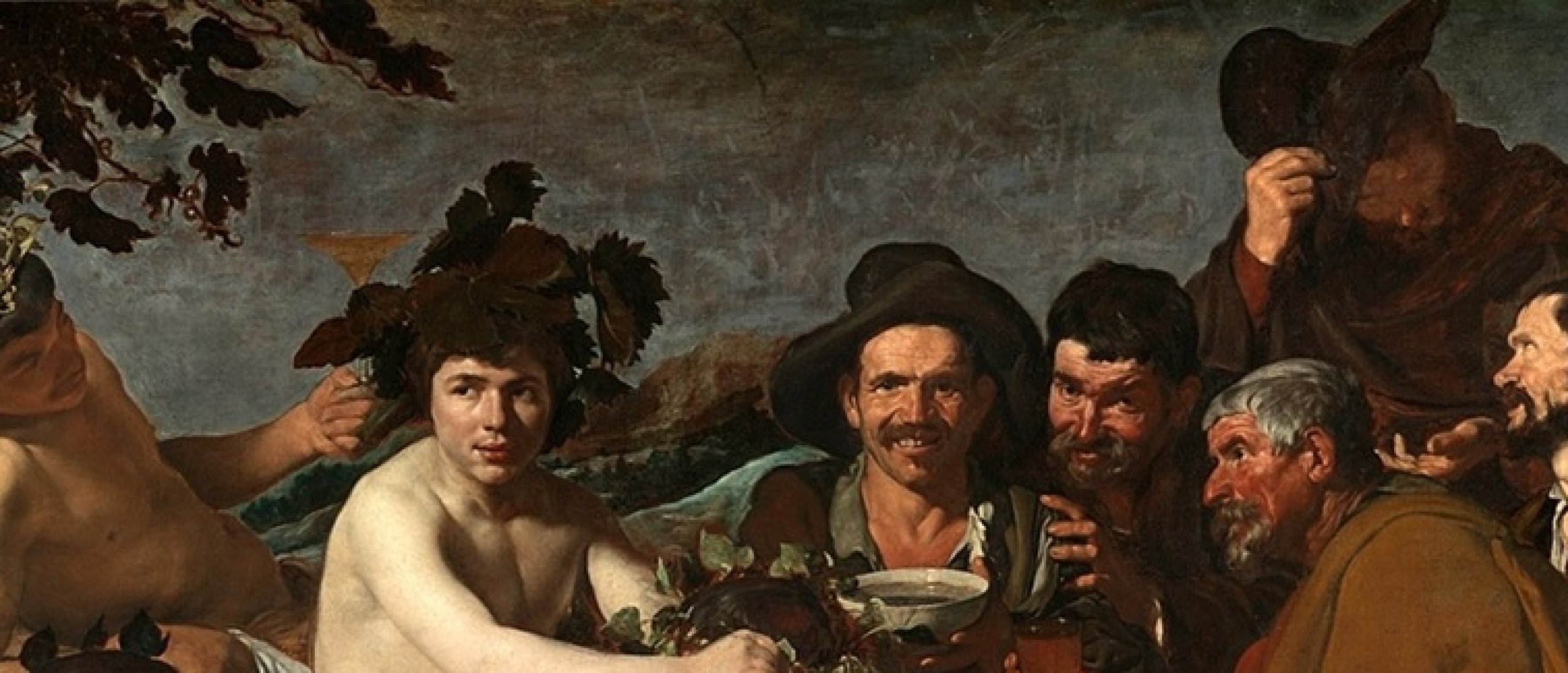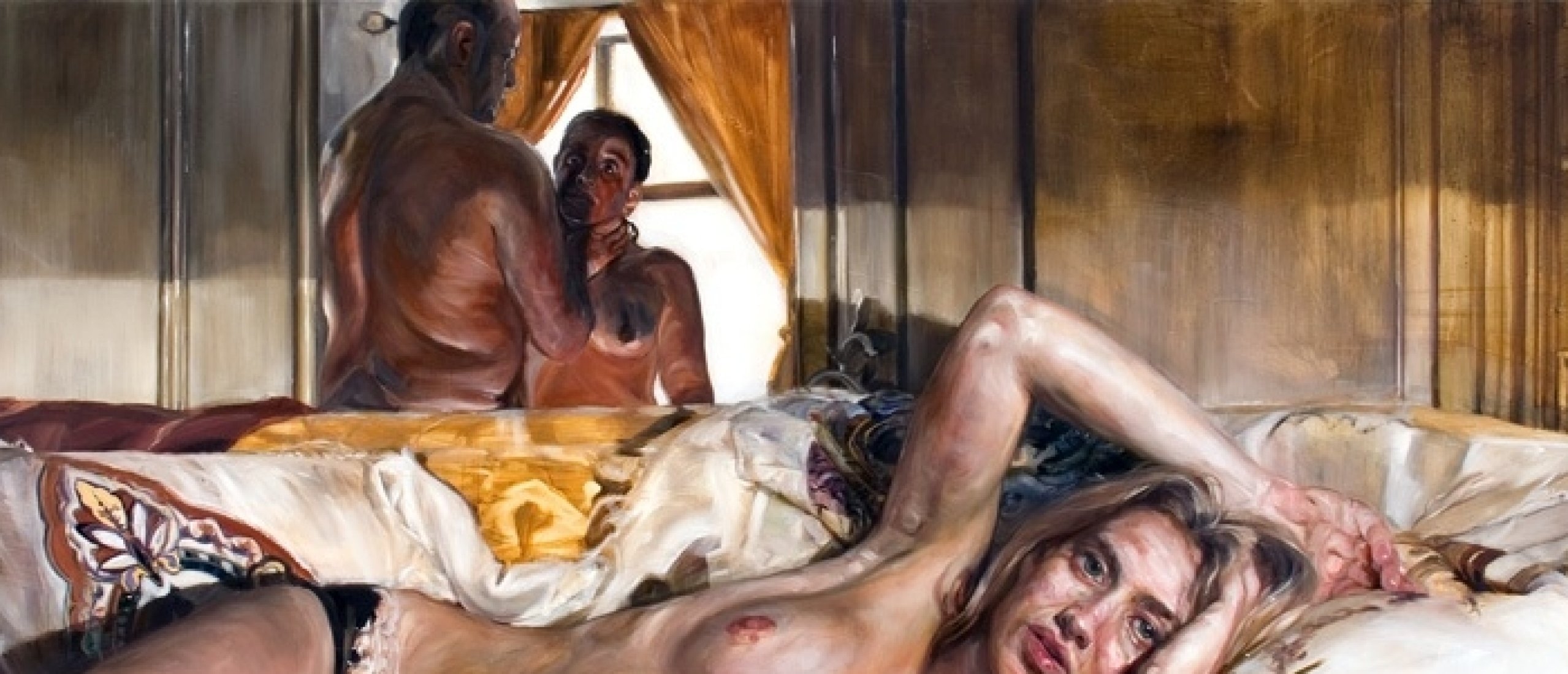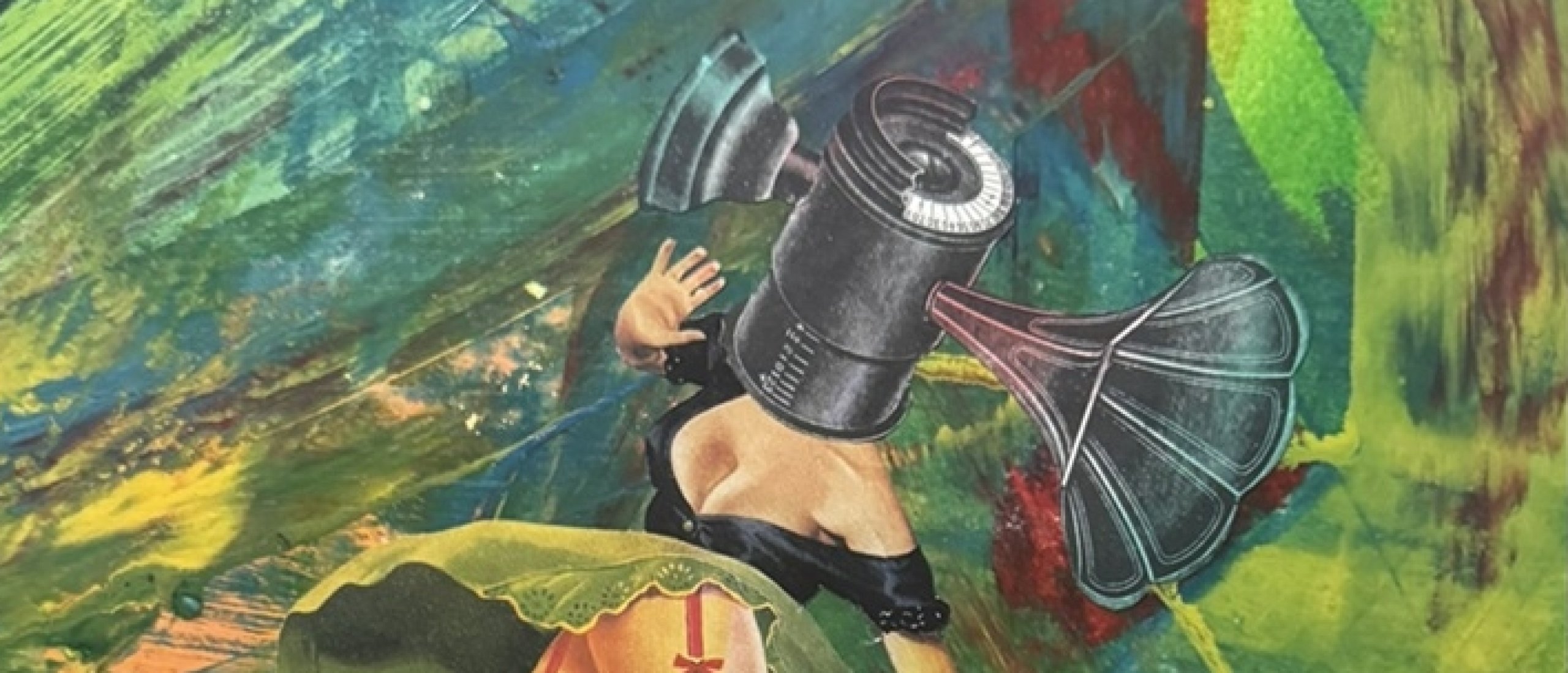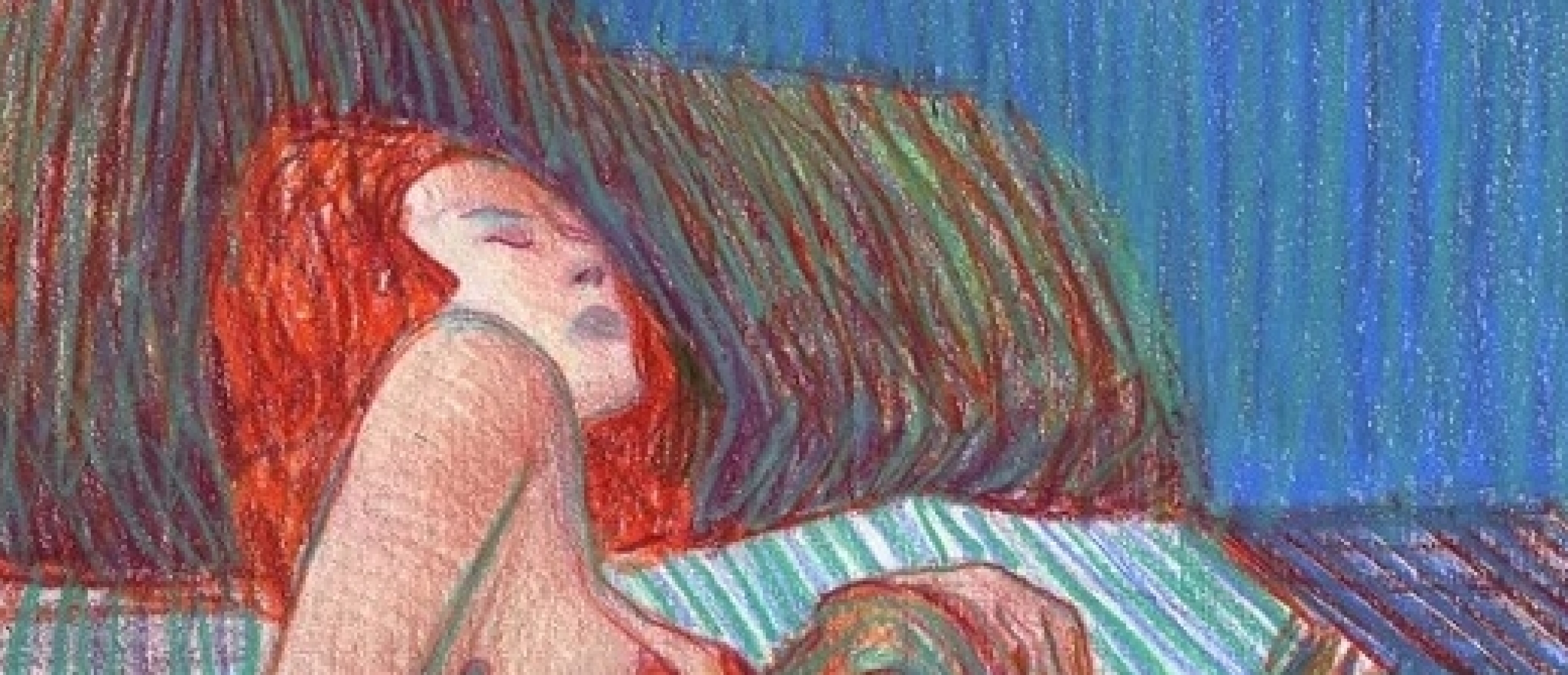
The graphic works of Lorenzo Mattotti (b. 1954), an Italian illustrator, director, and screenwriter, stand out from the traditional comic genre due to the artist's introspective approach. His books convey contemplation instead of action and show us static scenes instead of dynamic ones. In Mattotti's images, eros is that suspended motion, striving for which made the legendary Faust sell his immortal soul.
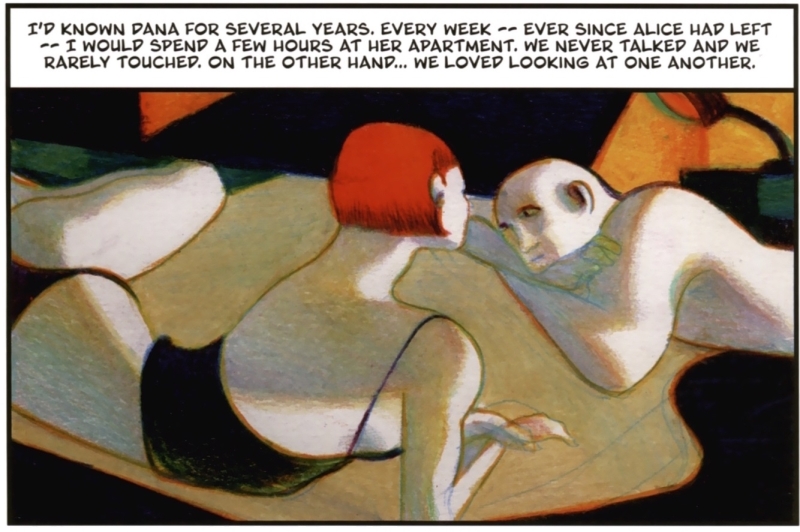
Fig. 1. The Crackle of the Frost, 2012
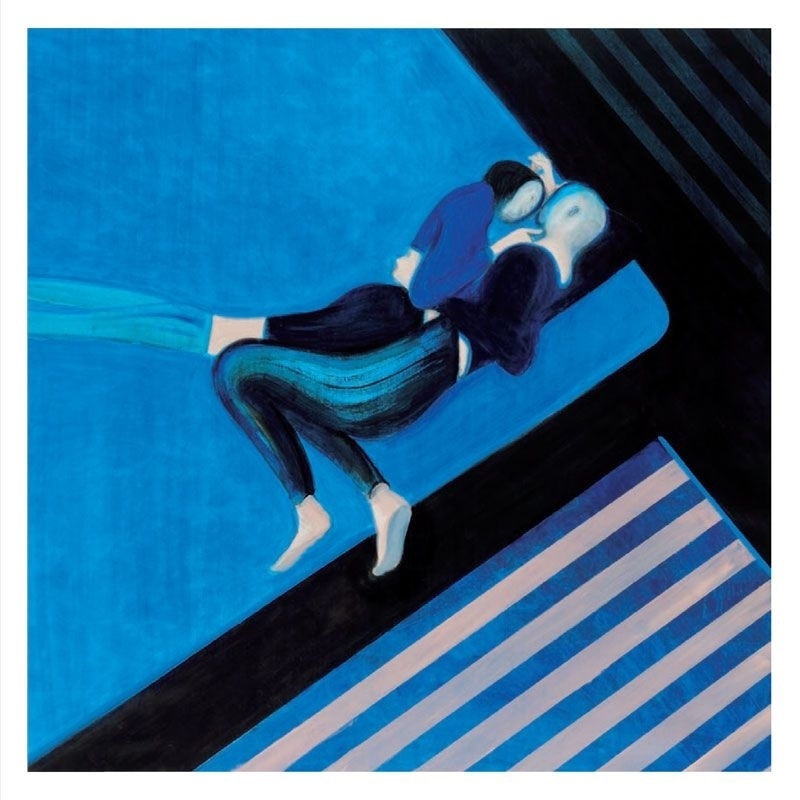
Fig. 2. Stanze (pinterest.com)
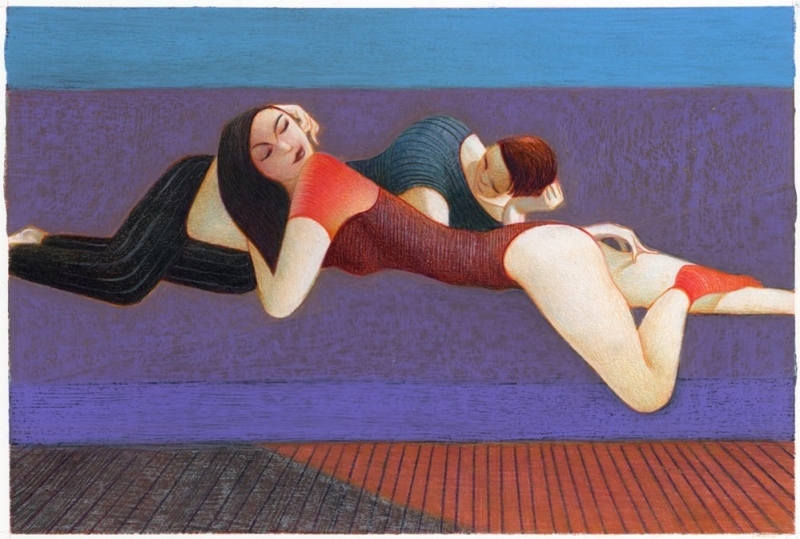
Fig. 3. blogspot.com
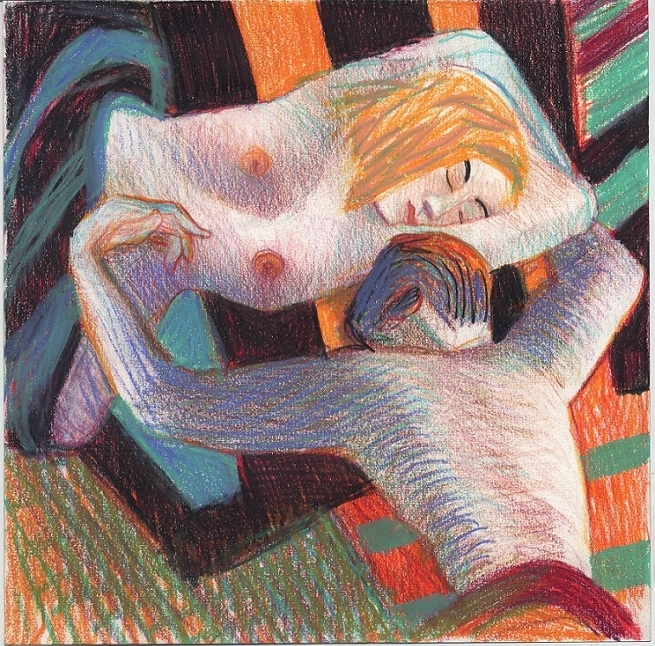
Fig. 4. Stanze Intime no 2, 2021 (philippelabaune.com)
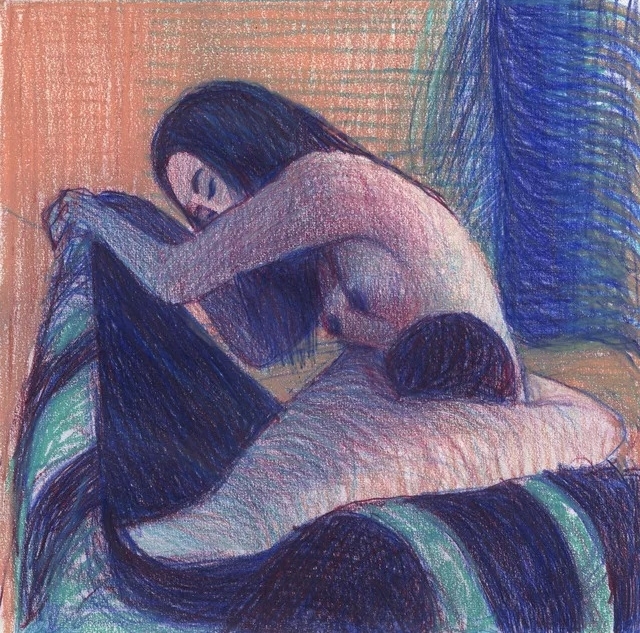
Fig. 5. Stanze Intime no 4, 2020 (philippelabaune.com)

Fig. 6. Stanze Intime (facebook.com)
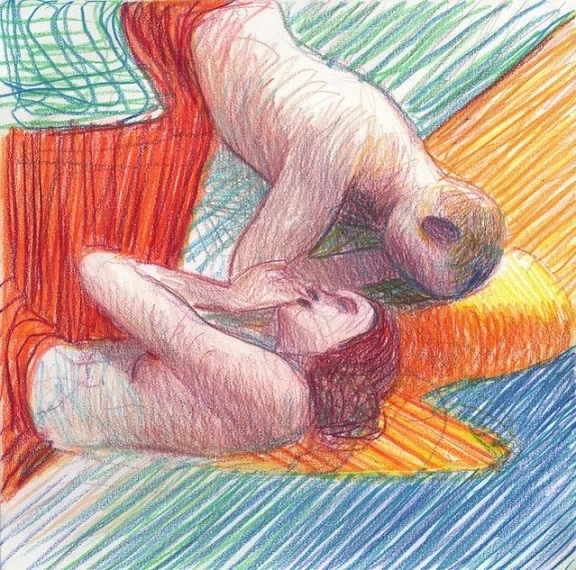
Fig. 7. Stanze Intime, 2020 (artsy.net)
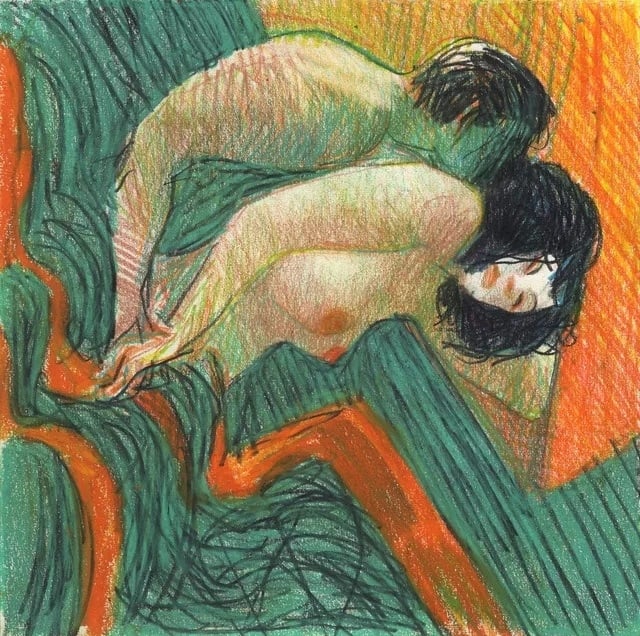
Fig. 8. Stanze Intime, 2020 (artsy.net)
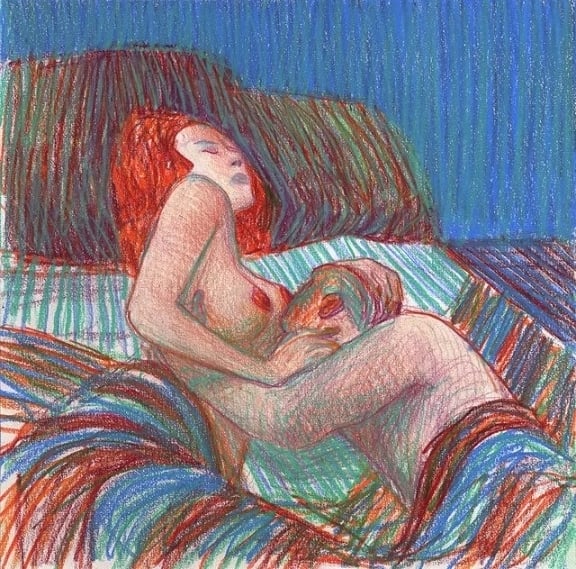
Fig. 9. Stanze Intime, 2020 (artsy.net)
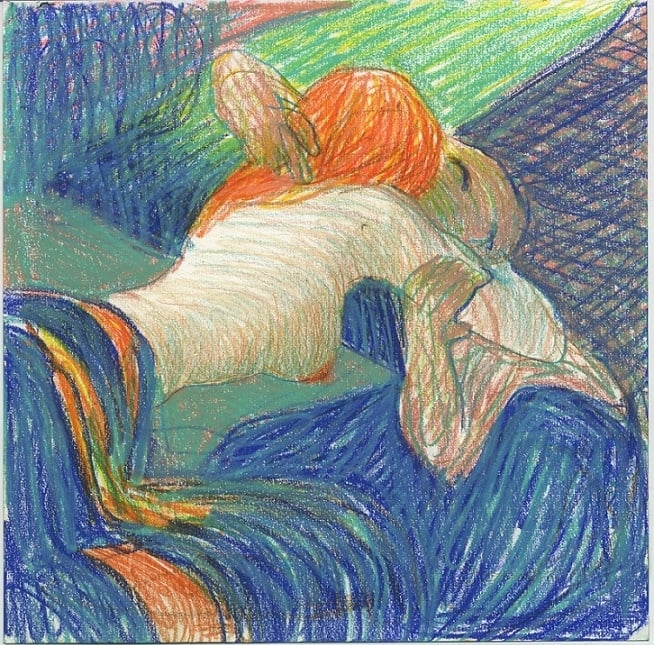
Fig. 10. Stanze Intime no 1, 2021 (philippelabaune.com)
Searching for Alternative
Lorenzo Mattotti was born into the family of a military officer, which meant a lot of traveling across the country. After school, he enrolled at the University of Venice to become an architect. Yet, his debut as a comic artist in 1975 in French magazines Biblipop and Circus changed his preferences. Mattotti devoted himself to drawing and published his works in Italian satirical and counterculture magazines like Re Nudo (Naked King). Two years later, Italian publisher Ottaviano commissioned him to make the covers of guidebooks Italia Alternative 2 and Europa Alternativa, containing info on where to eat, sleep, and spend time cheaply. 1977 was also the year of his first book, Alice Brum Brum, created in collaboration with Italian writer Ostani. Then, there was a re-edition of Huckleberry Finn with text by Antonio Tettamanti.
Pervasive Drug Use
In February 1978, Mattotti and Jacopo Fo launched the underground magazine Macondolore Macondolcezza (Bittersweet Macondo, a wordplay on Macondo and Italian words pain and sweetness). Thus, the artists protested against the shutdown of the community space, a former factory, where Left youth organized restaurants, parties, and exhibitions. Macondo was closed due to pervasive drug use.
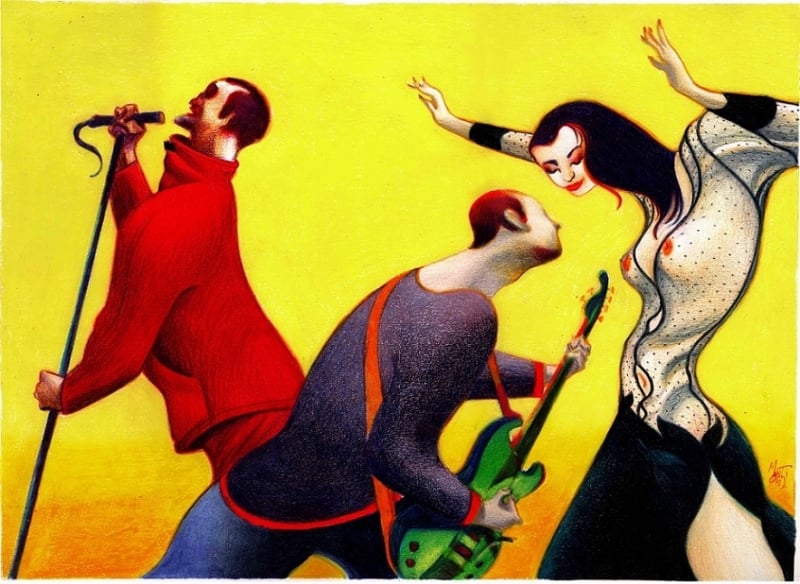
Fig. 11. Valentino, Extè, Versace, 1999 (philippelabaune.com)
In Premium you can discover the long version of the article including many additional BONUS FEATURES including many more insights and 54 images!
Click HERE for an article on the graphic novel Lost Girls by Alan Moore and Melinda Gebbie
Sources: Wikipedia.org; mattotti.com; lorenzomattotti.blogspot.com; artecontemporanea.com

